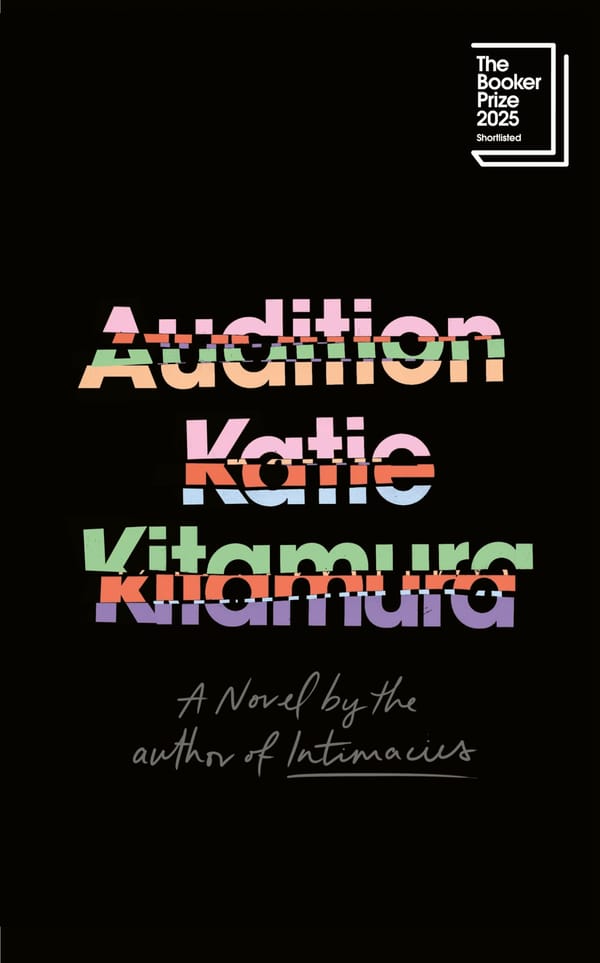Physics Nobel Prize 2025: Tunnel Vision
John Clarke, Michel H. Devoret and John M. Martinis were awarded the prize for the discovery of macroscopic quantum mechanical tunnelling
The fascinating study of the very small (quantum systems) in Physics has revealed fascinating and sometimes counterintuitive phenomena. One of these phenomena is called quantum tunnelling, where particles can “pass through” or “tunnel” through barriers which, in everyday-life-physics (classical physics), they do not have enough energy to overcome. This is a consequence of the famous wave-particle duality but only becomes relevant when we are dealing with very small length scales. At the length scales relevant for everyday life, if you try jumping over a wall without enough energy to match its height, you will be disappointed (and perhaps slightly in pain from your fall).
We know that quantum tunnelling occurs at subatomic scales, but what if we could observe it at larger, everyday scales, and harness its power to explore new technologies? Well, you guessed it! That’s exactly where this year’s Nobel Laureates in Physics come in to save the day. John Clarke, based at the University of California, Berkeley, Michel H. Devoret based at Yale University, New Haven, CT and University of California, Santa Barbara, USA, and John M. Martinis, based at University of California, Santa Barbara, USA were jointly awarded the 2025 Nobel Prize in Physics early last week. The experiments that these pioneers conducted in the 1980s resulted in the observation of quantum tunnelling in an electrical circuit. Using a circuit with superconductors, which allows current to flow with no resistance, they started the experiment with current flowing but in a zero-voltage state. They found that the particles moving through the circuit behaved like just one particle and were able to detect a voltage even though the initial voltage was zero. The system had “tunnelled” out of the zero-voltage state. Additionally, energy quantisation, the quantum phenomenon that energy comes in discrete chunks rather than being present on a continuous spectrum, was observed in their experiments. This means that, quite remarkably, they had observed quantum effects in a much larger, or macroscopic, context – a circuit that, according to the official Nobel Prize press release, can be held in one’s hand, rather than a microscopic system invisible to the naked eye. This will be incredibly useful in the development of new quantum technologies as these effects can now be harnessed in fields like quantum computing.
We had the pleasure of receiving the reactions of Imperial’s very own experts in the department of Physics. On the impact of the work of the Nobel Laureates in quantum technologies, Professor Lesley Cohen, Associate Provost in the Department of Physics at Imperial College London, commented: “The work that these three outstanding scientists first demonstrated relates to the power of quantum mechanical tunnelling, and its manifestation in superconductivity where macroscopic quantum effects could be manifest and manipulated.” In particular, she drew attention to a key application in quantum technology, “Their work has laid the foundations for superconducting qubits – one of the main hardware technologies for quantum technologies.”
It is wonderful that quantum mechanics, a subject born at the start of the 20th century, is still such a rich and fascinating field with fundamental insights still left to discover, and applications so vast. On this point, Olle Erikson, chair of the Nobel Committee for Physics which awards the Nobel Prize remarked, “It is wonderful to be able to celebrate the way that century-old quantum mechanics continually offers new surprises. It is also enormously useful, as quantum mechanics is the foundation of all digital technology”.
Dr Jess Wade, Associate Professor in the Department of Materials at Imperial College London, commented: “It’s super exciting to see tunnelling be recognised during the International Year for Quantum! This year’s Nobel celebrates the observation of quantum tunnelling at a macroscopic scale, a critical step to building useful technologies that harness quantum phenomena.”
Dr Wade also spoke of the practical hurdles still to be tackled, “There are still a lot of engineering challenges to overcome in realising scalable quantum computers, but ultra-precise magnetic field sensors based on superconducting circuits are already transforming our understanding of the world,”.








